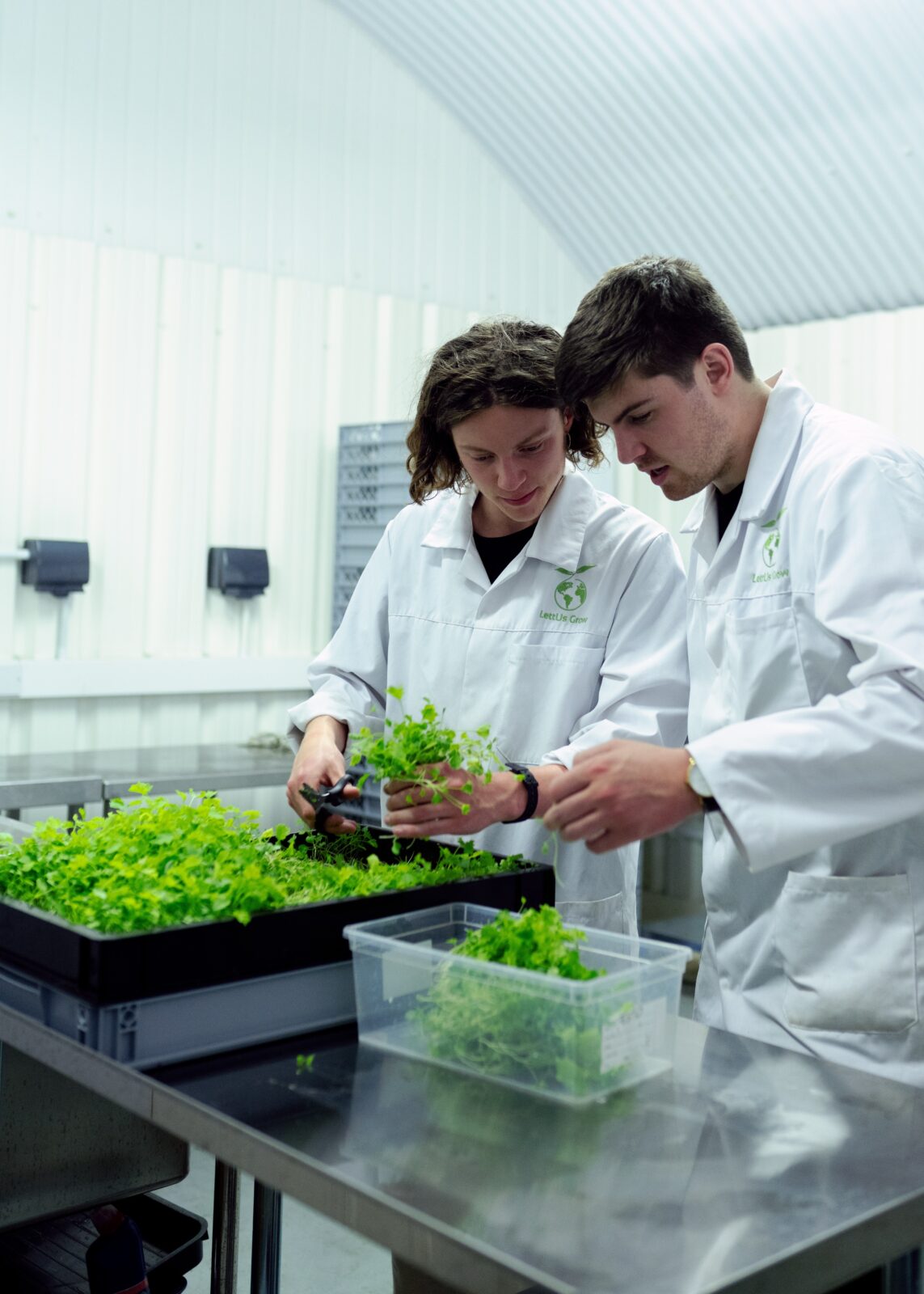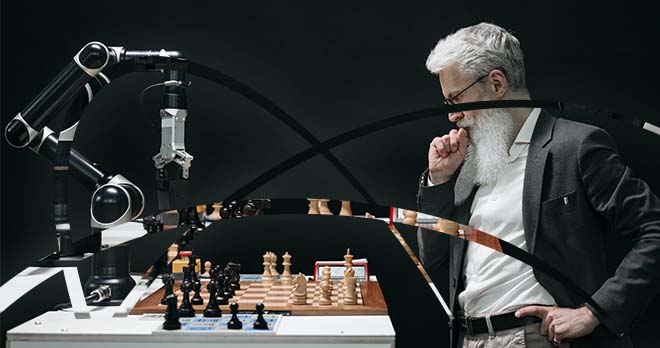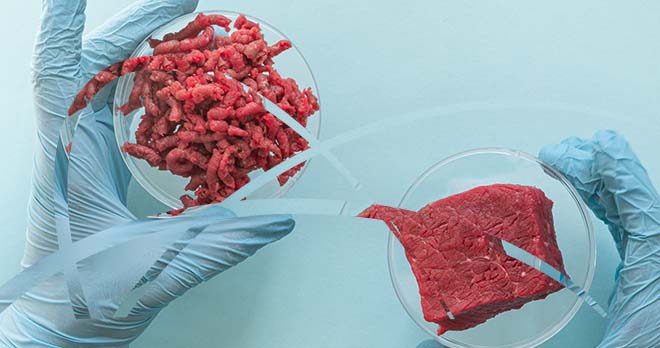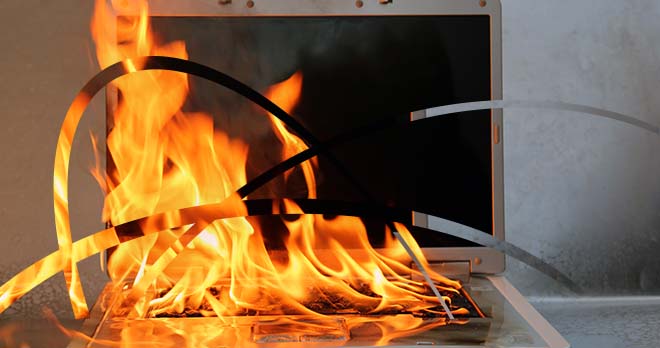

City Farm Systems
Growing to order, at the point of need
It is an old and well-used adage that the last mile of delivery is the most expensive one. Some sources suggest that last mile delivery – from the distribution hub to the consumer’s door – accounts for as much as 53% of the total shipping cost.
Consider how much higher this must be for perishable, fragile goods such as lettuce and herbs. For this article, in continuation of our AgriTech theme, we talked to a man who did just that – and started an AgriTech business to offer his own solution to this growing problem.

Jonathan is a somewhat unexpected AgriTech entrepreneur. With a degree in design technology, and a background in resource efficiency, Jonathan has experience in a wide variety of professions.
After working in construction for a number of years running a joinery shop, he taught his accountants how to use Sage (accountancy software for small businesses). After a recession proved the business too small to be big, yet too big to be small, Jonathan moved into a number of interim finance roles, at larger organisations in both the commercial and public sectors, where his small business knowledge proved very useful.

The inspiration behind City Farm Systems
Driving home one night, Jonathan needed to buy food and ended up stuck behind a supermarket lorry only yards from the store. Although this may initially have seemed insignificant, it was this mundane inconvenience that inspired him to branch into AgriTech.
In Jonathan’s own words: “I was on my way home from work one day and I found myself staring at the back of a Tesco truck for ten minutes, within sight of its destination store. When I finally got inside, the fresh produce shelves were bare. That means that one of the most expensive vehicles on the road was achieving nothing but increased congestion and pollution. The store was losing sales and the produce in the back of the truck was losing shelf life.
“Having shared a house with a heat and vent controls engineer in the past, I knew full well what was happening at roof level. When you do the calculations, you can clearly demonstrate that a supermarket roof, like that, is effectively the equivalent of a 500-acre farm doing nothing, right on the store’s doorstep. Moreover, the store pays to dump what are the perfect environmental conditions to make it productive.
“At the back of the supermarket roof, there are air handling units dumping carbon dioxide and warm air generated by boiler flues, bread ovens, and, to a large extent, by people. These are, in fact, the perfect environmental conditions for a greenhouse.”
“A commercial greenhouse will often run a gas boiler all summer deliberately to create carbon dioxide. They then have a carbon-intensive supply chain, and the produce eventually ends up at a large building where, in an ironic twist on the circular economy concept, the occupiers are paying to dump that carbon dioxide”.

The data and the chemistry
While the inspiration behind City Farm Systems was rooted in resource efficiencies, there’s more disciplines at play such as data science, chemistry, AI and robotics. Jonathan explains: “By design, food is a linear supply chain, heavily reinforced by single-use plastics.
“When it comes to changing that and achieving a circular food economy, we need to start with the circularity of data. Surprisingly, indoor growers often have less data about their crops than traditional field farmers; something our systems are designed to change. We rely heavily on our ability to collect data, without huge cost, to make sure the crops are healthy, nutritious, and supplied in quantities that match the demand”.
Going into greater detail, Jonathan highlights the importance of the circularity of nutrients: “At this stage we all literally flush away soil health. There is a great unmet need to get the less well understood nutrients we humans need back into soils.”
“Arable farming and horticulture tend to focus on plant biology and the physics of cultivating a field. Chemistry needs to be a greater part of the sector’s thinking. We need to look closely at what we as humans need rather than simply what a plant needs. Ignoring what humans need and focusing solely on the health of the plant is a dangerous mistake. The more we move to focus on plant health, the more it endangers the planet’s ability to support human life,” says Jonathan.
“Bringing chemistry into focus within agriculture is all about the elements we need that a plant doesn’t. It’s also a complicated part of rebuilding soil health. This comes back to climate change because huge amounts of agricultural soils are being lost from productivity each year.”
“We keep hearing that the issues are big tractors and soil compaction, but much of the reason we’ve got soil compaction is the use of chemical fertilisers to promote plant health without looking at soil health. The soils, in the meantime, get progressively warmer and drier and lose their ability to retain water and carbon.”

The City Farm Systems tech
City farms are expensive by definition. “I find it staggering”, says Jonathan, “that pretty much everybody growing indoors wants to start from a solid concrete base. That concrete base is very expensive; commercial space in London can easily reach 50,000 times the cost of agricultural land. The roof, however, is a different story. The roof is all but free, and by being directly above points of significant need, you avoid all costs of distribution. Better still, all heavily occupied buildings pay to dump the environmental conditions a growing plant needs. So it is entirely possible to install an affordable greenhouse on a supermarket roof creating a dramatically lower cost supply chain and avoiding significant costs other growers can ill afford.
City Farm Systems have got patents on their ability to install automated greenhouses above a modern retail warehouse, or indeed any space that generates the required environmental conditions.
Whilst the full-scale, proof-of-concept pilot in the UK is still in process, rooftops are already being used similarly in other countries. In India, rooftop greenhouses are being used to reduce the cost of fresh air. Building operators dump air from the building into the greenhouse, where the plants remove the carbon dioxide and return oxygen. This gives the building a temperature buffer zone, so if you’re expelling air at 25 degrees, it might only get up to 30 degrees by the time it comes back out of the greenhouse. That air is easier, faster, and more energy-efficient to filter than untreated external air that comes out at 40 degrees.
“In creating City Farm Systems, we simply went a step further and said, let’s make that greenhouse a productive one and help feed the people inside that building”, says Jonathan. “Let’s consume Scope 1 and 2 emissions to actually avoid some Scope 3 emissions entirely”.
Retrofitting the greenhouse is one aspect of City Farm Systems technologies. Making it work, however, is less straightforward, because growers aren’t going to be able to have their everyday workforce up on the roof. That’s where automation comes into play.
City Farm Systems have come up with growing crops in mobile crop trays. Jonathan explains: “That means we move crop trays past a monitoring and care station to assess the health of the crops. The crops are then cared for based on what those specific trays need. This is unlike classic vertical farms, where every plant within the facility gets exactly the same treatment. This is a key part of what enables a wider range of crops to be grown”.
In short, City Farm Systems way of operating uses data to unlock benefits that can only be found by growing to order at the point of need.

The environmental, social, and corporate governance (ESG) agenda
You would think that with ESG increasingly on the agenda for both for big corporates and SMEs, City Farm Systems would site this as their key raison d’etre. However, Jonathan got inspired long before the term ESG was in public consciousness.
Interestingly, the ESG agenda is not what drove City Farm Systems’ thinking to start with; instead, it was resource efficiencies.
Jonathan explains: “Actually I suppose I was thinking more of the corporate angle as in eliminating unnecessary cost”, says Jonathan. “Since then, we’ve had to wait for the thinking to catch up, and rather than talk in terms of whether ESG is a must-have overhead, we can show it can be an asset. In fact, I would go further and say that the environmental part of ESG targets is only viable if it makes solid business sense”.
Reducing carbon emissions is often thought of in terms of industries, and hardly anyone mentions what we breathe out. That figure is in fact 0.9 of a kilo per person per day. So, if you’ve got, for instance, a 1,000 pupil school and they’re only there during the school hours and the school term, that school amounts to 50 tonnes of carbon.
Jonathan comments: “There are current reports of greenhouse growers shutting down or restricting their growing systems because they cannot afford to run their gas boilers. We are also told that in the future, we simply won’t have gas. So where are these growers going to get their carbon dioxide? There’s two possible answers to that:
(i) if greenhouses switch to growing at the point of need, you could argue they’d be directly offsetting, and therefore could get away with continuing to use gas for a while, and
(ii) a heavily occupied building is providing the carbon free of charge! Greenhouse growers just need the right systems to take advantage of it”.
In addition to consuming carbon emissions, reducing waste is another concern that played a huge part in setting up City Farm Systems. Why pay to grow, pack and deliver what data can tell you will be wasted? Filling a truck with salad and herbs requires a significant amount of crops. Under the normal distribution curve, some crops are ready early, while others won’t be ready until later. Filling that truck means that the early part is discarded as is the late part; and the facility is then filled with a new crop expecting to hit the next deadline. A few years back Tesco reported that 60% of bagged salads end up wasted; in reality, a huge amount of the potential harvest – the early and late ‘bloomers’ – never even reach the bag, making the amount wasted far greater.
Jonathan explains: “When your delivery is measured in meters not miles, and you’re growing salads and herbs on your roof – at the point of need – tomorrow’s early crop can come down with today’s main crop and yesterday’s late crop. Moreover, if demand suddenly falls, you don’t have to harvest your crop – or if short term demand increases, tomorrow’s harvest is only minutes away. That offers the retailer increased sales.”
With the environment concerns now firmly in public – and corporate – minds, City Farm Systems is now poised to be in the proverbial right place at the right time.

What sort of crops can be grown this way?
Jonathan explains: “One of the big pushes in vertical farming right now is to extend the range of products that can be grown. If you use free sunlight, you can actually grow a wider range of produce without much effort. And because we bring the crops to water, we can give each individual crop appropriate nutrients rather than a blunt instrument for the whole facility.” Obviously there are parts of the year in the UK where we would need supplemental lighting, but that is mostly when demand for salad crops has fallen.
“In facilities like those Plenty Inc. runs in America, they use 7,500 cameras, and 35,000 environmental sensors in a 5,000 square metre facility. Each one of those cameras could be taking dozens of images a second. Yet, if you’re looking at a static facility, one image an hour is more than enough.”
“Because we move the crops in trays, we move them past the AI enabled cameras which can detect pests, diseases and nutrient deficiencies long before the human eye can. This also avoids the need for so many specialist staff to be on site, which means we can grow small quantities of niche crops that are high value.”
“Pretty much every indoor grower started with basil. It’s a high value crop. It is hard to transport – because for best flavour it shouldn’t be chilled. Yet it does get chilled in the trucks along with other crops that need chilling to survive the supply chain. A huge amount of produce is harvested not for flavour or texture, but to survive the supply chain. If you’re growing at the point of need, that supply chain is minutes and metres, rather than miles and days, so you can afford to invest more in flavour.”

What are the challenges City Farm Systems faces?
Predictably, as is the case for any start-up in pre roll-out stage, it is finance. City Farm Systems depends heavily on several specialisms being able to come together, while big corporates like to work in their silos. However, now that climate change is rising up agendas rapidly, the company is hoping this will accelerate progress. Corporates are telling their suppliers to reduce their Scope 3 emissions, the situation that City Farm Systems could benefit from.
“With the right level of investment, we can roll out very fast”, says Jonathan. “We are better than net zero, which I believe is unattainable for 99% of businesses. We go a step beyond it, creating a carbon-consuming supply chain.”
Another challenge is the lack of understanding by the end consumer around the technology City Farm Systems is using, not just the businesses using it.
Jonathan explains: “We have always seen ourselves as a ‘B to B to C’ business. We recognise the difficulty of selling to the big retailers, and it’s almost a matter of needing the C to persuade the B to take our systems on. There is a huge amount of educational opportunities which gets very interesting. A while back, Martin Redfearn, as national agricultural policy manager at Barclays Bank, delivered a paper to the Curriculum Review Board showing you could use agriculture as the project theme to deliver 90% of a school curriculum.”
“At City Farm Systems, we’ve got the data, we’ve got the images, and we are invested in educating both our future consumers and our future employees. We could provide systems for schools, starting with biology, and extend the core technologies all the way to other education modules such as the STEM subjects – including data science, coding, or robotics. We have the potential to be a pioneering food and education company.”

What’s next for City Farm Systems?
At this stage, Jonathan’s top priority is securing the funding for City Farm Systems full-scale pilot. In terms of what that pilot would look like, the solar PV sector provides a perfect model to follow. It’s going to be similar in skills sets, method statements, insurance, and skillsets. Just as with solar PV, the best use of the City Farm Systems technologies is also at the point of need, matching the building’s needs.
After the full-scale pilot, the next stage is proving the ‘grow to order’ business model. Every country has a different range of crops they are after, just like supermarkets have individual ranges. “We wouldn’t grow, say, pak choi in China”, says Jonathan, “but when a London hotel says they can’t control the price and sometimes it reaches £36 per kilo, we can grow a niche product at high value in small quantities very easily.”
He continues: “AI comes into it when identifying overstocking and understocking, so growers using City Farm Systems technology can go beyond LEAN / Six Sigma. Whereas this is geared at optimising productivity, our approach goes deeper into the issue of waste and aims to literally grow to order giving a better match between supply and demand”.





